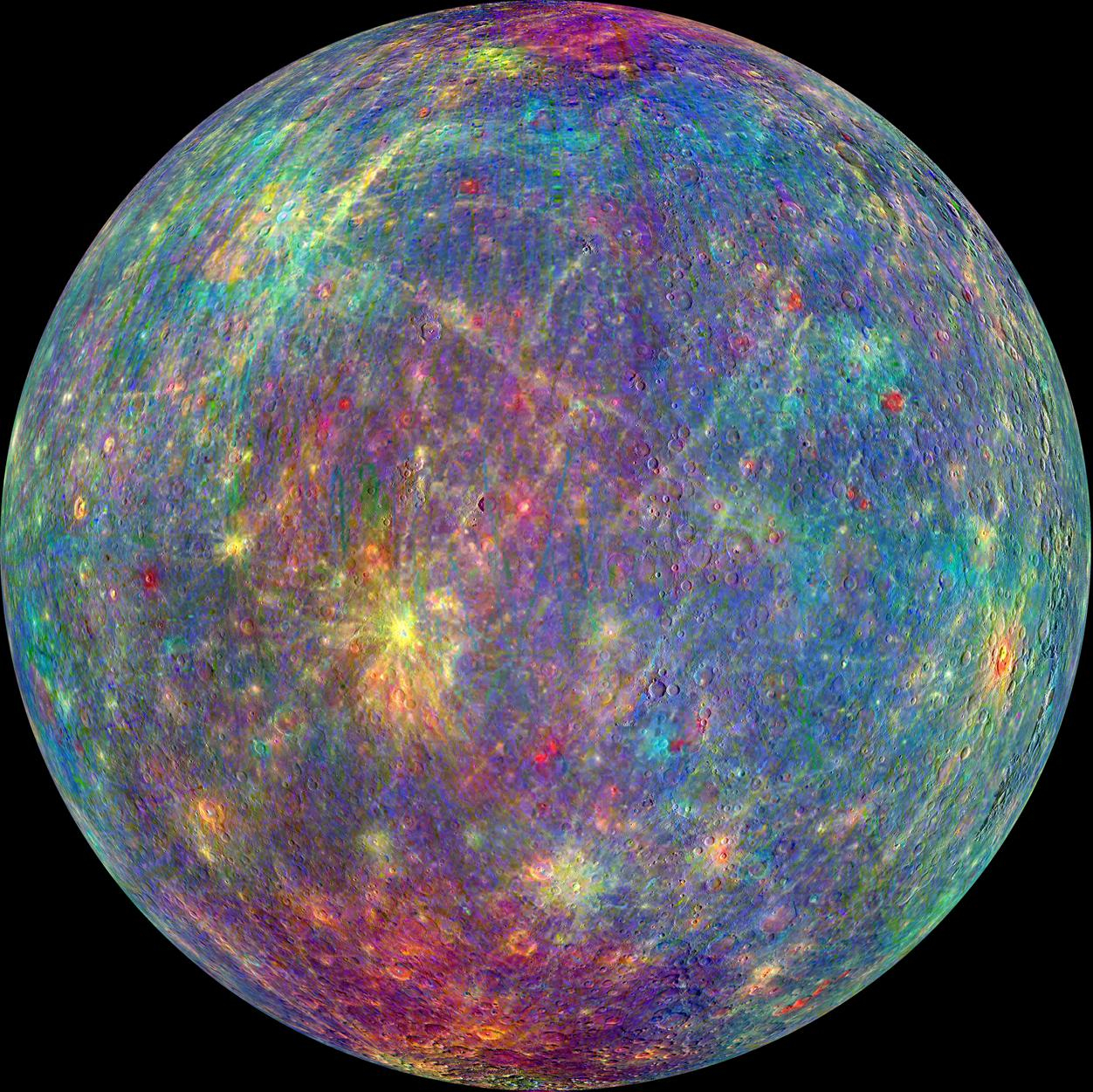In a surprising twist to planetary science, researchers have made a groundbreaking discovery on Mercury. This new finding challenges long-held beliefs about the barrenness of the smallest planet in our solar system, suggesting the presence of salt glaciers and potentially, hidden pockets of life.
Mercury’s Hidden Layers
Scientists believe that beneath Mercury’s inhospitable surface lie volatile-rich layers (VRLs), which could harbor exotic glaciers of salt. This theory stems from the understanding that certain salt compounds on Earth can create habitable niches in extreme environments. The concept of subsurface areas on Mercury being more hospitable than its harsh surface is gaining traction among the scientific community.

Parallel Discoveries
This revelation on Mercury coincides with recent discoveries of nitrogen glaciers on Pluto, indicating that glaciation might be a common phenomenon across the solar system’s extremes. From the scorching proximity to the sun to the frigid outskirts, these discoveries are reshaping our understanding of planetary environments.
Astrobiological Implications
The existence of these Mercurian glaciers, which are thought to be distinct from Earth’s, opens up new avenues in the search for extraterrestrial life. The potential habitability of these salt glaciers, similar to Earth’s extreme environments where microbial life thrives, adds a new dimension to astrobiological exploration.
Impact Craters and VRLs
Researchers have found that these glaciers might have formed from VRLs exposed by asteroid impacts, retaining their volatile content for over a billion years. The hollows observed in these regions suggest a significant retention of volatiles, differentiating them from surrounding crater floors.
Mercury’s Chaotic Terrain
Investigating Mercury’s Borealis Chaos, scientists have noted patterns indicating vast disintegration, possibly erasing crater populations. This chaotic terrain, located in Mercury’s north polar region, reveals an ancient, cratered surface beneath, hinting at the planet’s complex geological history.
This research not only challenges the assumption that Mercury is devoid of life-supporting volatiles but also enriches our comprehension of environmental conditions that could sustain life beyond Earth. While the existence of life on Mercury remains unproven, these findings emphasize the need for further research to understand the complexities of our solar system and the potential for life in unexpected places.










